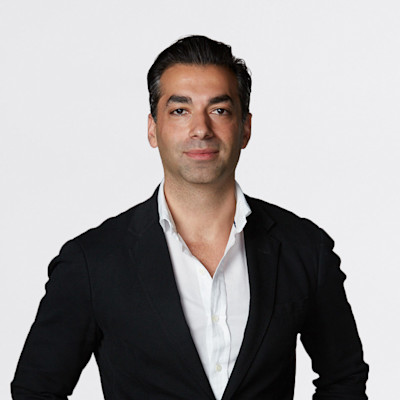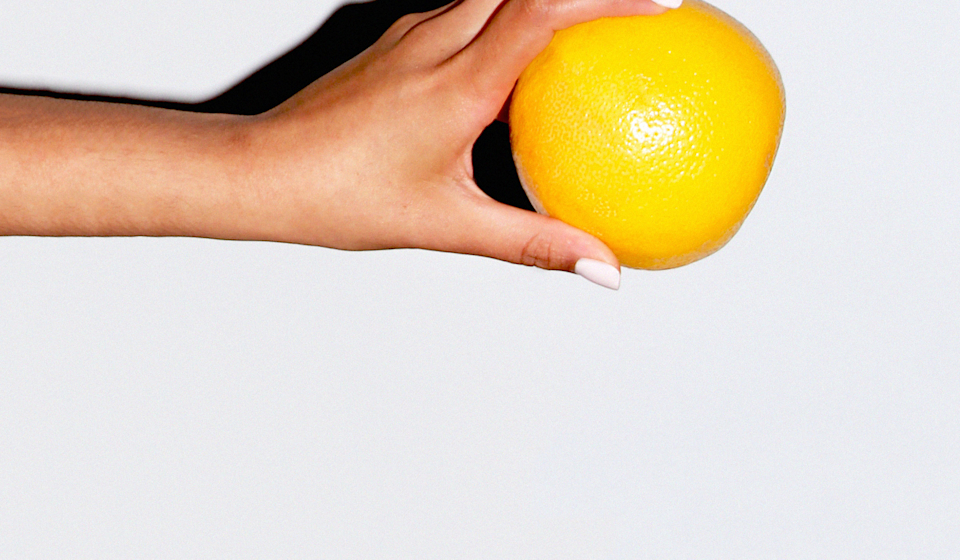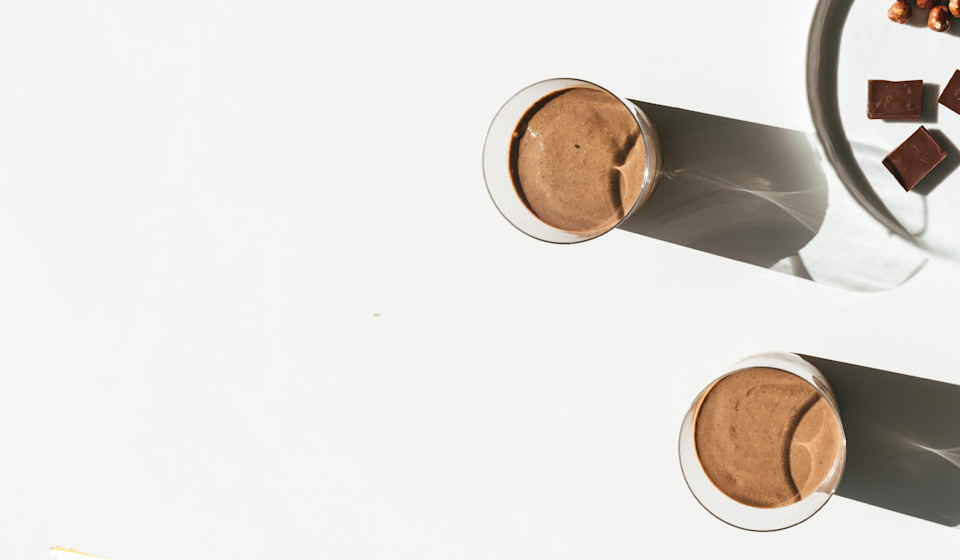Essential Takeaways
- It’s kind of a trick question: In reality, both are equally important in the landscape of personal health and good habits.
- But it’s also helpful to know how both fitness and nutrition work together.
In the hierarchy of your wellness routine, where do diet and exercise fall? Do you prioritize breaking a sweat every day, or make more of an effort to fill your plate with a range of nutritious, whole foods?
If your answer is “all of the above,” you passed the test: In truth, it’s really difficult to rank diet or exercise higher than the other, because they’re both equally important components of foundational health. And when you combine the two in a consistent way? That’s a long-term habit partnership we should all get behind.
“A healthy diet alongside regular physical activity is an important determinant of overall health status,” says Dr. Nima Alamdari, PhD, a physiologist and Ritual’s Chief Scientific Officer. “The combination is most beneficial: The whole is more than the sum of its parts for promoting health and providing support in later life.”*
So, yes: Both regular activity and a balanced diet are, on their own, crucial parts of a well-rounded daily regimen. But the tricky thing is when we tend to prioritize one, at the detriment of the other. In a Ritual survey, for example, men ranked exercise to be twice as important as diet overall—yet according to CDC data, men’s diets are falling behind in key areas like fruit, vegetable, and whole grain intake. What if we shifted our priorities a bit to focus on both in equal measure?* (1,2)












